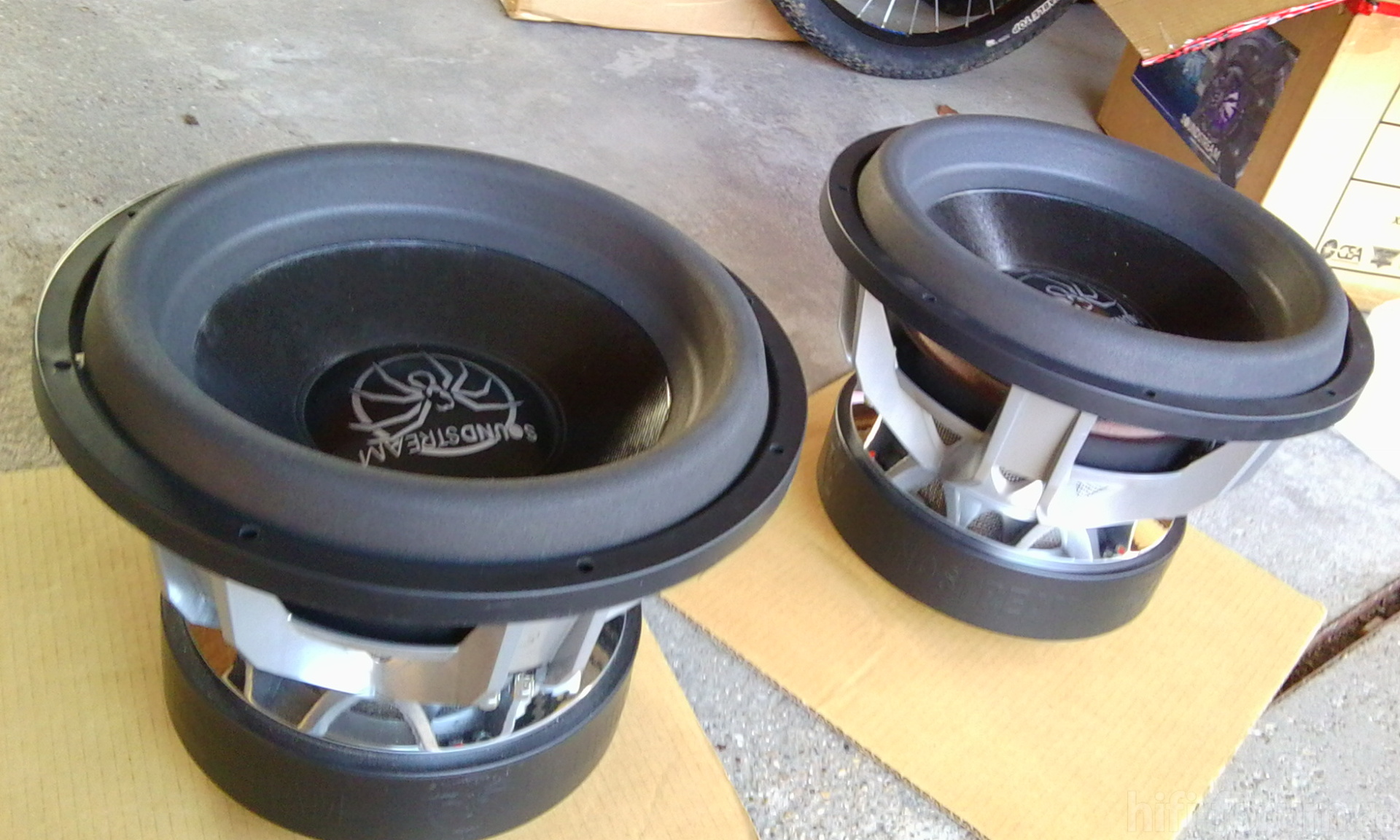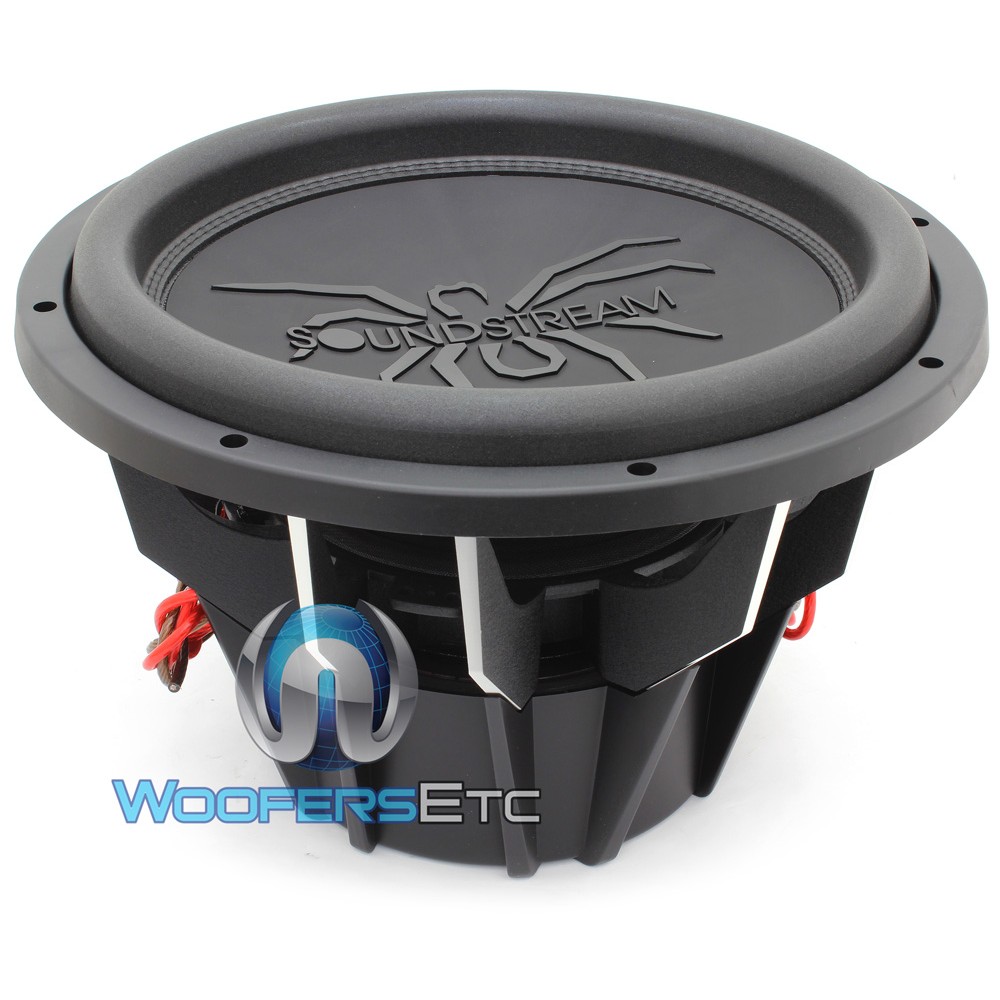

This approach works well at bitrates around 1 kbps or lower, but quickly reaches its limits when using higher bitrates. In order to transmit them to the receiver using a limited number of bits, it is necessary to replace them by close vectors from a finite set (called a codebook), a process known as vector quantization. The encoder of SoundStream produces vectors that can take an indefinite number of values. Learning a Scalable Codec with Residual Vector Quantization During inference, the encoder and quantizer on a transmitter client send the compressed bitstream to a receiver client that can then decode the audio signal. During training, the encoder, quantizer and decoder parameters are optimized using a combination of reconstruction and adversarial losses, computed by a discriminator, which is trained to distinguish between the original input audio and the reconstructed audio. Once trained, the encoder and decoder can be run on separate clients to efficiently transmit high-quality audio over a network. SoundStream leverages state-of-the-art solutions in the field of neural audio synthesis to deliver audio at high perceptual quality, by training a discriminator that computes a combination of adversarial and reconstruction loss functions that induce the reconstructed audio to sound like the uncompressed original input.

The encoder converts the input audio stream into a coded signal, which is compressed using the quantizer and then converted back to audio using the decoder. The main technical ingredient of SoundStream is a neural network, consisting of an encoder, decoder and quantizer, all of which are trained end-to-end. It is able to deliver state-of-the-art quality over a broad range of bitrates with a single trained model, which represents a significant advance in learnable codecs. SoundStream is the first neural network codec to work on speech and music, while being able to run in real-time on a smartphone CPU. In “ SoundStream: an End-to-End Neural Audio Codec”, we introduce a novel neural audio codec that extends those efforts by providing higher-quality audio and expanding to encode different sound types, including clean speech, noisy and reverberant speech, music, and environmental sounds. While these codecs leverage expert knowledge of human perception as well as carefully engineered signal processing pipelines to maximize the efficiency of the compression algorithms, there has been recent interest in replacing these handcrafted pipelines by machine learning approaches that learn to encode audio in a data-driven manner.Įarlier this year, we released Lyra, a neural audio codec for low-bitrate speech.

The quality of the reconstructed audio using either of these codecs is excellent at medium-to-low bitrates (12–20 kbps), but it degrades sharply when operating at very low bitrates (⪅3 kbps). Like Opus, it is a versatile codec operating at multiple bitrates, 5.9 kbps to 128 kbps. EVS is the latest codec developed by the 3GPP standardization body targeting mobile telephony. Opus is a versatile speech and audio codec, supporting bitrates from 6 kbps (kilobits per second) to 510 kbps, which has been widely deployed across applications ranging from video conferencing platforms, like Google Meet, to streaming services, like YouTube.

Over the past few years, different audio codecs have been successfully developed to meet these requirements, including Opus and Enhanced Voice Services (EVS). Ideally, audio codecs should be transparent to the end user, so that the decoded audio is perceptually indistinguishable from the original and the encoding/decoding process does not introduce perceivable latency. Posted by Neil Zeghidour, Research Scientist and Marco Tagliasacchi, Staff Research Scientist, Google ResearchĪudio codecs are used to efficiently compress audio to reduce either storage requirements or network bandwidth.


 0 kommentar(er)
0 kommentar(er)
